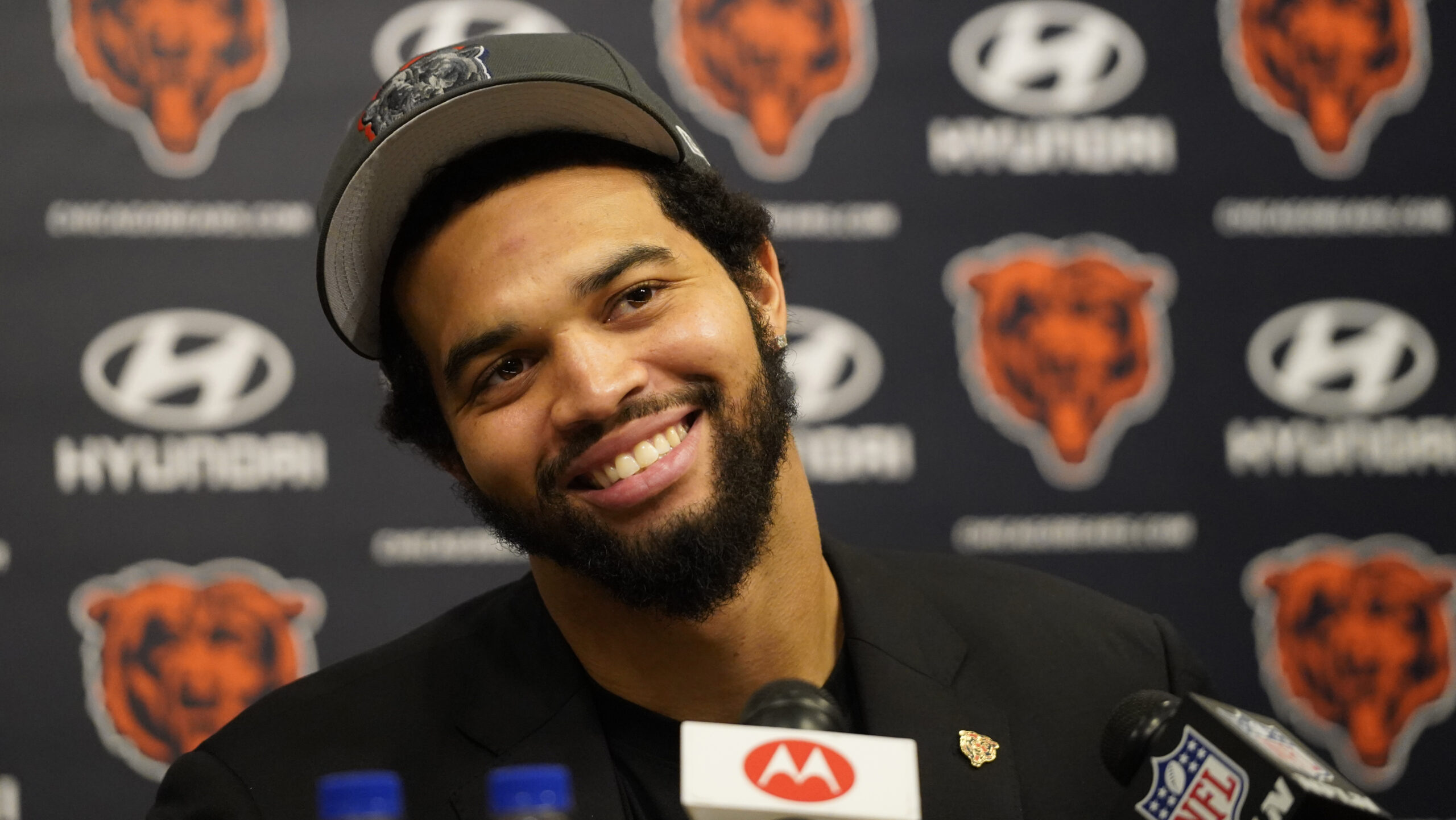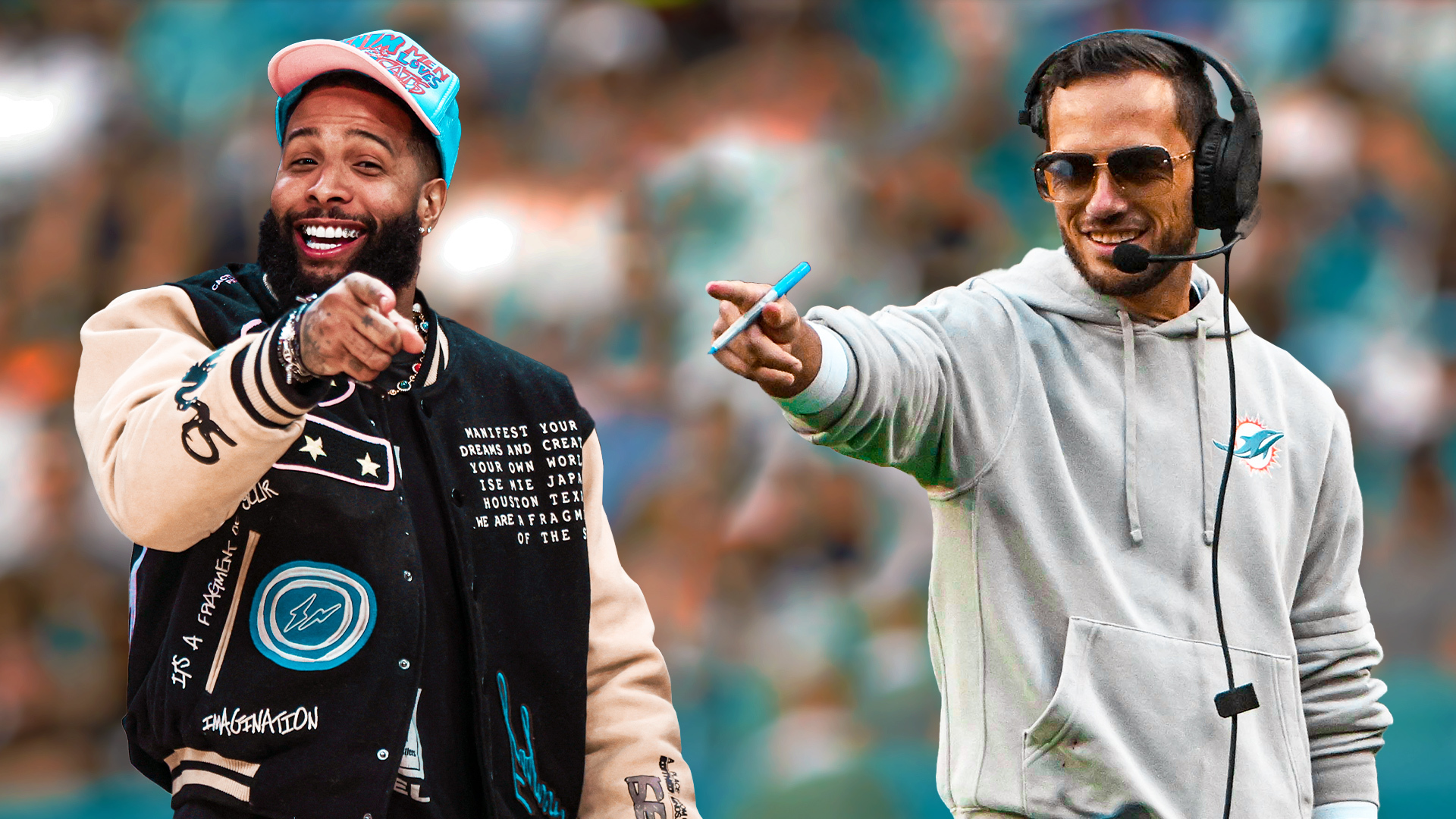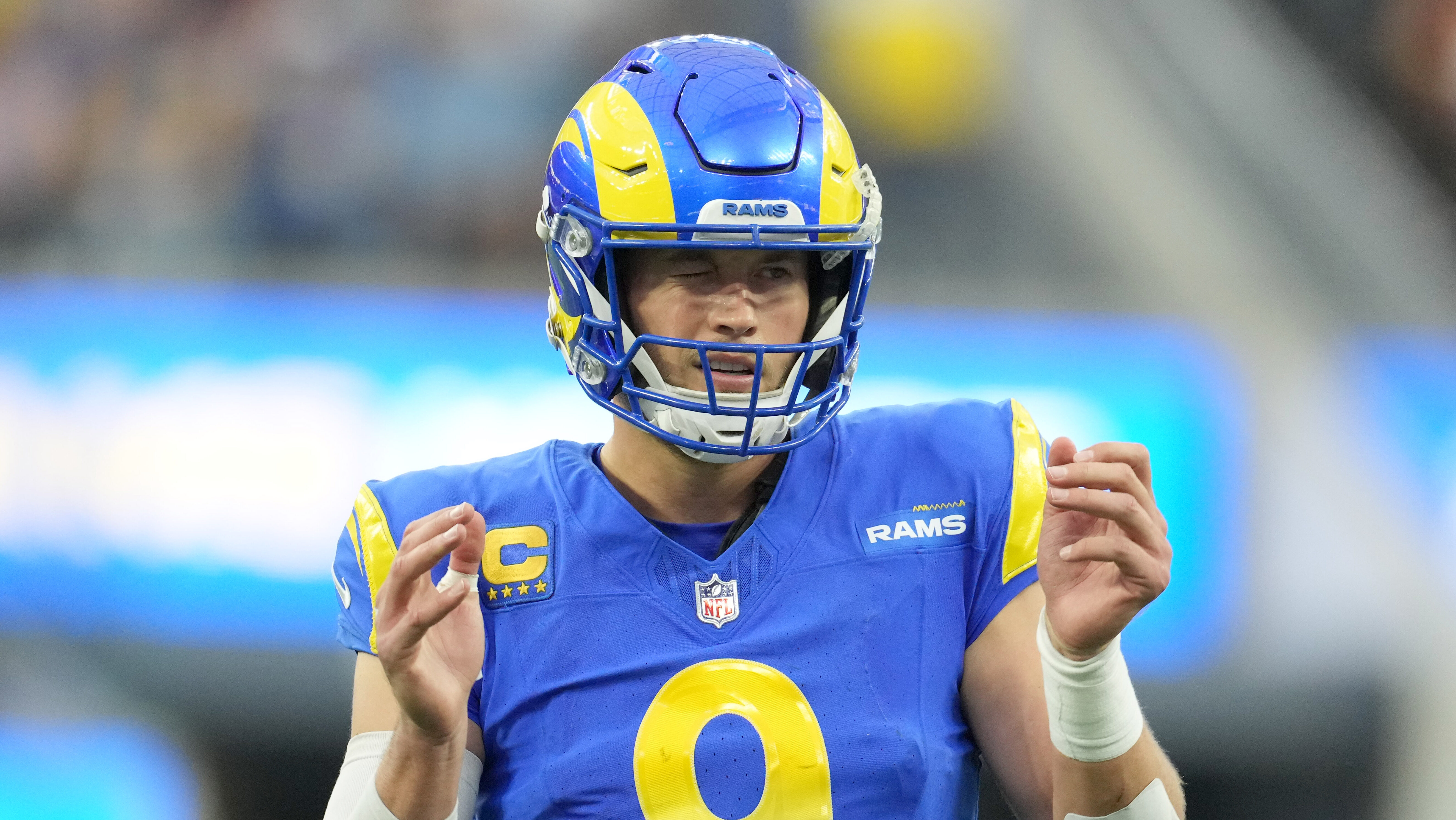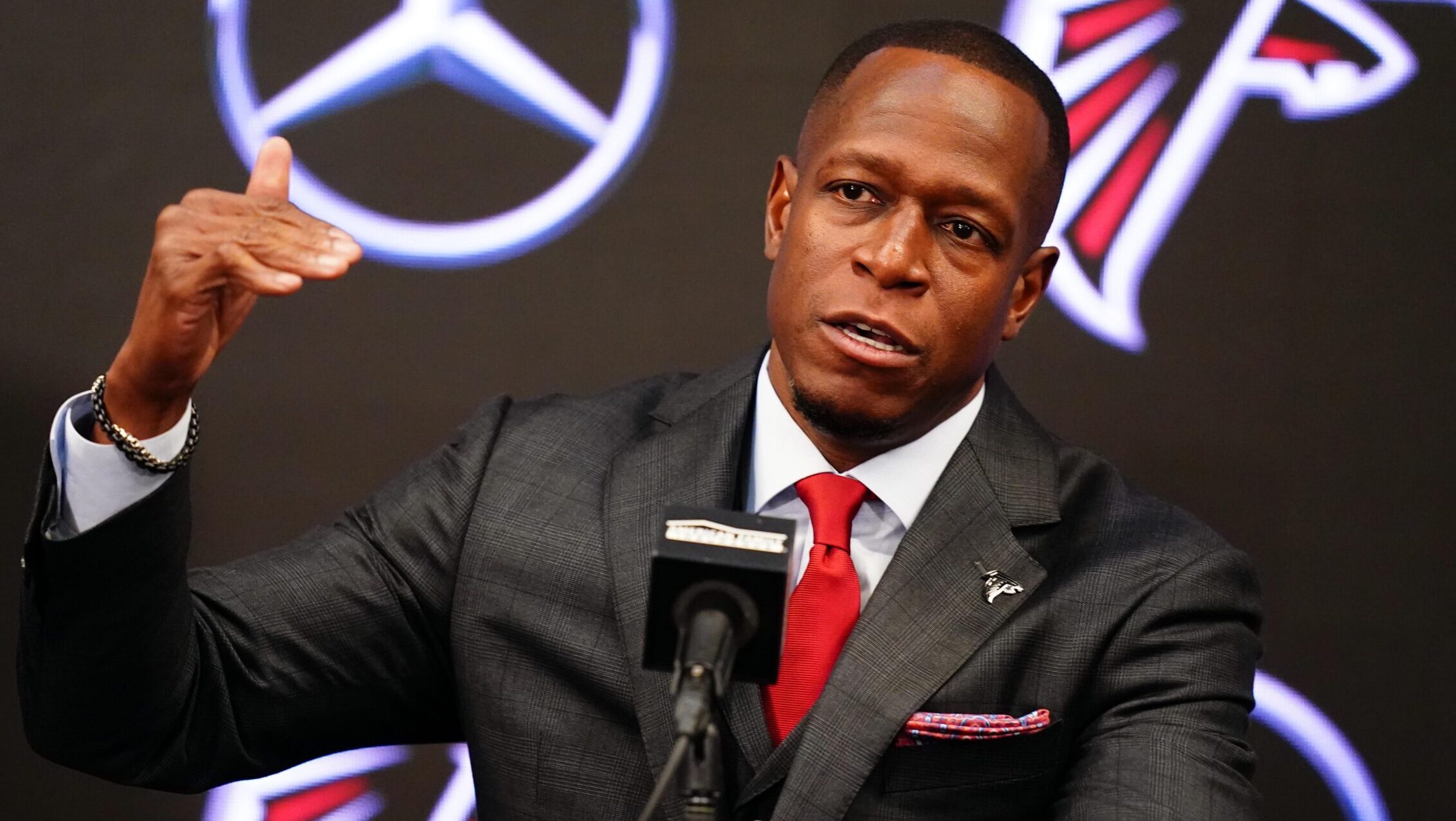NFL Analysis
4/9/24
7 min read
What's Next for the Buffalo Bills, Josh Allen Without Stefon Diggs?
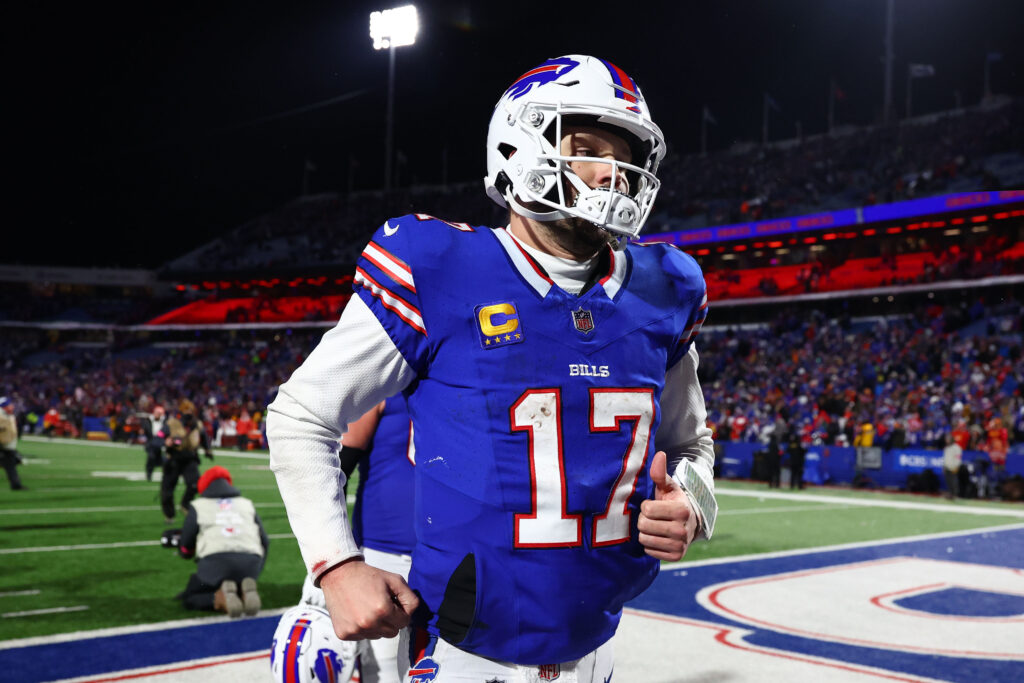
Keeping a championship window open in the NFL is difficult. But having a star quarterback helps.
Recently, Joe Burrow said the Cincinnati Bengals’ window is his whole career. He’s not wrong to feel that way, and the Bengals probably feel that way, too.
Josh Allen is undoubtedly in that category of quarterback. Since his 2018 breakout season, the Buffalo Bills have been one of the league’s best teams. During that span, the only team with more regular season wins is the Kansas City Chiefs.
But winning a Super Bowl is also difficult. And there might not be a better example in the past few seasons than the Bills. By DVOA, Buffalo’s 2021-23 period was the highest three-year stretch for a team that didn't win a Super Bowl.
There were teams closer to a Super Bowl victory, but few teams were consistently in the running as often as Buffalo. Even without a championship, that era of Bills football was a success.
But that era is over, and the Bills are amid a roster reset toward whatever the next version of the team will be.
Bills' Roster Changes Were Much-Needed
Financially, adjusting the roster was necessary.
With Allen set to hit the cap for $30 million in 2024, even with his base salary lowered to $1.125 million, the Bills were one of a few teams that came into the offseason over the cap. The decision to part ways with players instead of restructuring and pushing those deals into the future helped start the reset.
Many of the moves on defense were expected. It was an expensive unit that was the third-oldest by snap-weighted age in 2023.
Micah Hyde was a free agent. Jordan Poyer and Tre’Davious White were released. Those players were some of the pillars of Buffalo's defense. Still, there are players on the roster who can fill in. Taylor Rapp was re-signed at safety, and Mike Edwards was added. Taron Johnson signed an extension as a slot corner, and Buffalo hopes either Christian Benford or Kaiir Elam can develop on the outside.
The transition on offense is a much bigger adjustment.
It wasn’t much of a surprise that Gabe Davis left in free agency, especially given what he signed for with the Jacksonville Jaguars. The Stefon Diggs trade was a bit more shocking, both for how much it cost the team to do so and where it leaves the Bills in depth at receiver.
Buffalo signed Curtis Samuel, who had a career-best season under offensive coordinator Joe Brady in 2020, as a free agent. Under Brady, Samuel had 77 catches for 851 yards and three touchdowns while averaging 11.1 yards per catch.
But even with that addition, the Bills have an underwhelming supporting cast for their quarterback.
Samuel joins a receiving corps that includes Khalil Shakir, Justin Shorter, Andy Isabella and Mack Hollins. That’s not a group one would expect for one of the AFC's top contenders, even when considering tight ends Dalton Kincaid and Dawson Knox.
The Chiefs just won a Super Bowl with an underwhelming receiving corps, but it took a full season for the offense and a top-five defense to do so. The Bills aren’t likely to have that luxury, especially in a division that features two other teams that could be playoff contenders in 2024.
This raises the question of what the Buffalo offense will look like in 2024.
What Joe Brady Brings to Buffalo
When Brady replaced Ken Dorsey as offensive coordinator during the 2023 season, the Bills shifted back toward the run. Their pass rate dropped from 63.4 percent under Dorsey to 52.6 percent with Brady, per TruMedia. That commitment could continue with a relative strength in the offensive line. After years of trying to build a strong run-blocking line, the Bills ranked seventh in run-block win rate, according to ESPN.
Allen did a lot of that running. His scramble rate went from 7.2 percent with Dorsey to 8.4 percent with Brady. He also had 35 designed quarterback runs with Brady, as opposed to just 17 with Dorsey to start the season.
The team's per-play efficiency was about the same, but the higher volume helped the offense. That was especially true on third downs — Allen had a much higher rate of runs that went for 10 or more yards under Brady.
Allen does a masterful job staying away from hits in the pocket. He had the fourth-lowest hit rate and the lowest sack rate among quarterbacks, but that’s not the same as the contact he invites when running in the open field. Relying on those runs and taking those hits is putting an unhealthy weight on Allen’s shoulders — or legs, in this case — to carry the offense. Allen can run through defenders on a regular basis, but that doesn’t mean he should.
The Brady passing game had Allen push the ball down the field at a higher rate but also used more screens and worked the middle/short area on the field more with crossers, allowing for yards after the catch. There’s a clear difference between the two coordinators in where passes were thrown.
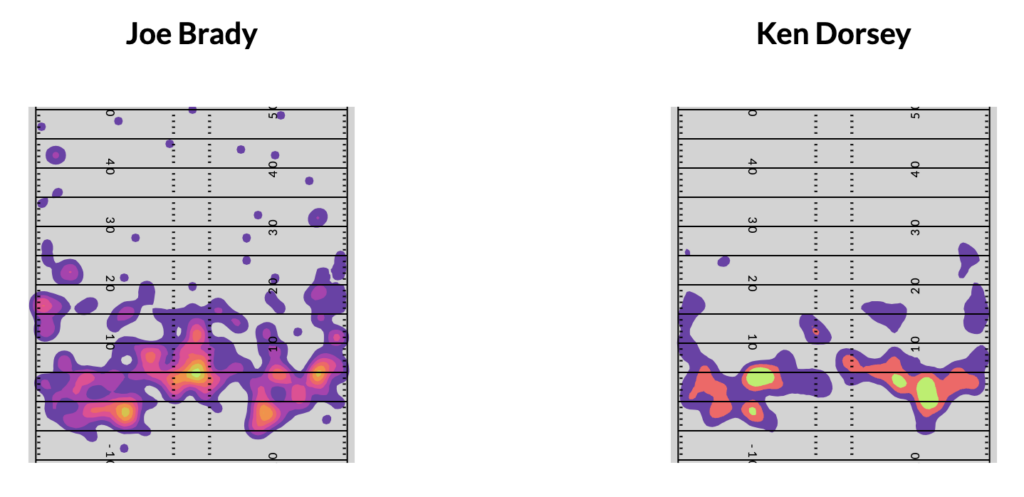
We could see a bigger emphasis on those shorter passes to open up space and take advantage of what the current receivers on the roster do well. Samuel’s impressive 2020 season came with more plays in the slot and a lower aDOT.
What's In Store for Shakir, Kincaid, Knox?
Shakir has already created explosive plays in various ways. Last year, he was second on the Bills in yards per route run and first in EPA per route.
Early in the Week 18 game against the Miami Dolphins, Shakir took a screen from the slot against a nickel blitz and turned the corner for a 43-yard gain.
Bills with a nice screen to Khalil Shakir timed well vs slot blitz pic.twitter.com/Jvz8w7nw2k
— Dan Pizzuta (@DanPizzuta) April 9, 2024
In the fourth quarter of that game, the Bills motioned Diggs across the formation and faked a swing screen — a play they used often with Diggs under Brady — and used the traffic near the line to spring Shakir on a wheel route down the sideline for a gain of 28 yards (though Diggs thought the play should have been a touchdown).
Bills motioned Diggs into a swing screen a ton over the second half of the season. Faked it here and released Shakir down the field. pic.twitter.com/sycyg14w2E
— Dan Pizzuta (@DanPizzuta) April 9, 2024
The offense's spacing was also different under Brady, with a bigger emphasis on trips formations. Under Dorsey, the Bills used trips 29.9 percent of the time in 2023, and that bumped up to 35.9 percent under Brady; Their efficiency rose from -0.06 EPA per play to 0.12. This also came while Brady called a 50-50 run/pass split from those looks.
Those looks could be where Kincaid gets a bigger role in Year 2. If Buffalo is modeling the philosophy of a passing offense without a true No. 1 receiver on what the Chiefs have done, moving a pass-catching tight end around the formation is one way to do it.
Kincaid can line up as the isolated receiver — a spot mostly reserved for Diggs in 2023 — but he can also be a mismatch at any of the alignments on the trips side.
The play below is a 51-yard catch against New England, in which Kincaid lined up as the point in a bunch without Diggs on the field.
— Dan Pizzuta (@DanPizzuta) April 9, 2024
How the Bills use Kincaid and work in Knox will be interesting because Buffalo did not run much 12 personnel with Brady. Knox returned from injury in Week 13 and played about half of the offensive snaps upon his return, but he was rarely on the field at the same time as Kincaid. The Bills went from 22.4 percent of plays in 12 personnel with Dorsey to 11.6 under Brady.
It’s also likely that a piece will be added to this receiving corps through the draft. But with the Bills sitting in the back end of the first round, it’s hard to imagine that receiver taking over the offense and altering the scheme.
This is looking like an offense that will lean heavily on its coordinator and put a ton on Allen’s plate to make up for any talent deficiencies. Allen was an MVP favorite for much of the 2023 season, and that just might be the standard needed for this team to get by in 2024.
>> READ: See Which WR Buffalo Gets in Latest Mock Draft


